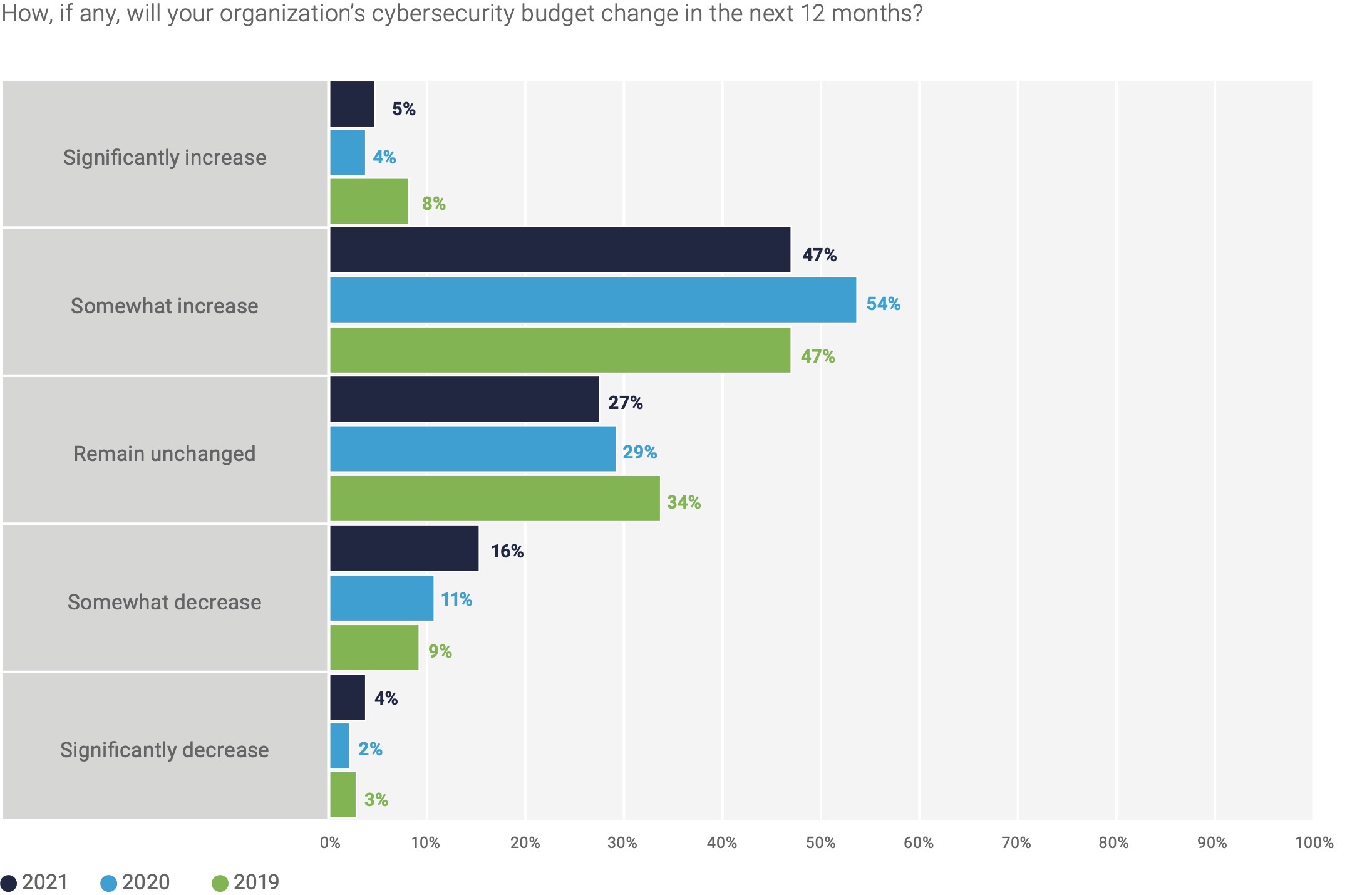Wanted: The (Elusive) Cybersecurity ‘All-Star’
Separate workforce studies by (ISC) 2 and ISACA point to the need for security departments to work with existing staff to identify needs and bring entry-level people into the field.
Security managers trying to hire new staff this year and beyond face some tough realities: Top-level security superstars are hard to find, if they exist at all. Some security budgets are tightening. And there’s a startling lack of “soft” communications skills among security professionals.
These are the key trends found in two recent and separate studies of the security workforce by noted security industry groups ISACA and (ISC)². Both studies advise security managers to start by consulting the Workforce Framework for Cybersecurity (NICE Framework), the 800-181 document published by NIST.
“The Fortune 50 companies may have a good idea on what a cybersecurity department should look like, but there are even large and certainly midsize companies that are still struggling to figure this out,” says Clar Rosso, CEO of (ISC)².
And Jonathan Brandt, information security professional practices lead at ISACA, notes that when people search online job sites, there are so many different job titles and classifications that it confuses employers and job seekers alike.
“Basically, security teams need three types of people: analysts who look at anomalies and patterns in the alerts, engineers who set security controls and manage endpoints and networks, and finally architects, the people who keep track of emerging technology and figure out which new products to acquire,” Brandt says.
One of the main findings in the (ISC)² study is that top security talent – so-called “all-stars” – are difficult to come by and often don’t actually exist. While all teams need a top player and someone who can serve as a mentor, Rosso says companies have to stop looking strictly for the all-stars and think in terms of the people they really need to run a security department.
“Businesses need to play the long game,” she says. “Try to engage your existing security staff and ask them what they think the department needs. Then decide what you can realistically spend to bring people in at the entry levels. Think about it the way a baseball team needs a top pitcher, but they also need utility infielders, pinch-hitters, and relief pitchers.”
Companies need to do a better job at tapping the expertise of their existing staff, as well as attracting a more diverse workforce, says Rosso.
For example, the (ISC)² data found the percentage of women working in cybersecurity roles decreases as tenure increases. While 37% of the professional group with three or less years of experience are women, only 28% of the group with eight or more years of experience are women. This may indicate that more women are joining the profession, but Rosso says it may also suggest that women may not find enough advancement opportunities as they progress in the field.
The (ISC)² data also found that 42% of women working in non-IT jobs are interested in a cyber career, versus 29% of women who are already in an IT role.
The ISACA data indicates that companies are responding: Forty-three percent said they are attacking the cyberskills gap by increasing training of non-security staff who want to move into cyber roles. And another 23% of ISACA respondents said their companies have increased “reskilling” programs.
Some Security Budgets Will Decline
Businesses will have to do more of this, not only because of the lack of cyber talent, but also because budgets will continue to shrink, says ISACA’s Brandt.
While 47% said they expect security budgets to increase in 2021, some 20% think they will decrease this year. Brandt says that’s an indication that the pandemic has decreased revenues at many businesses and they will have less to spend on cyber.
“In many ways, it’s simple economics,” Brandt says. “If revenues go down, so will expenditures. So until we come out of the pandemic, security teams can expect tighter budgets.”
Security professionals also agree that a broad array of soft skills are important for success in cybersecurity. When asked in the (ISC)² study to select their top two, analytical thinking (34%) and problem-solving (33%) were valued more than skills like business acumen (10%), leadership (10%), and project management (7%).
The ISACA study took a much more strident stance on soft skills: More than half (56%) of ISACA respondents said security professionals today lack soft skills, such as communications, flexibility, and leadership. That’s more than the lack of technical skills, such as endpoint and network management (36%) and coding skills (31%).
“We have gotten so caught up in technical skills that we’ve forgotten that what companies really need are people who can explain all the technical analysis in concise, understandable terms,” says ISACA’s Brandt, who this month will participate on a panel at the 2021 RSA Conference about the ISACA study. “We need security people who can show top management that they understand what business they’re in.”
Steve Zurier has more than 30 years of journalism and publishing experience and has covered networking, security, and IT as a writer and editor since 1992. Steve is based in Columbia, Md. View Full Bio
Recommended Reading:
More Insights
Read More HERE


